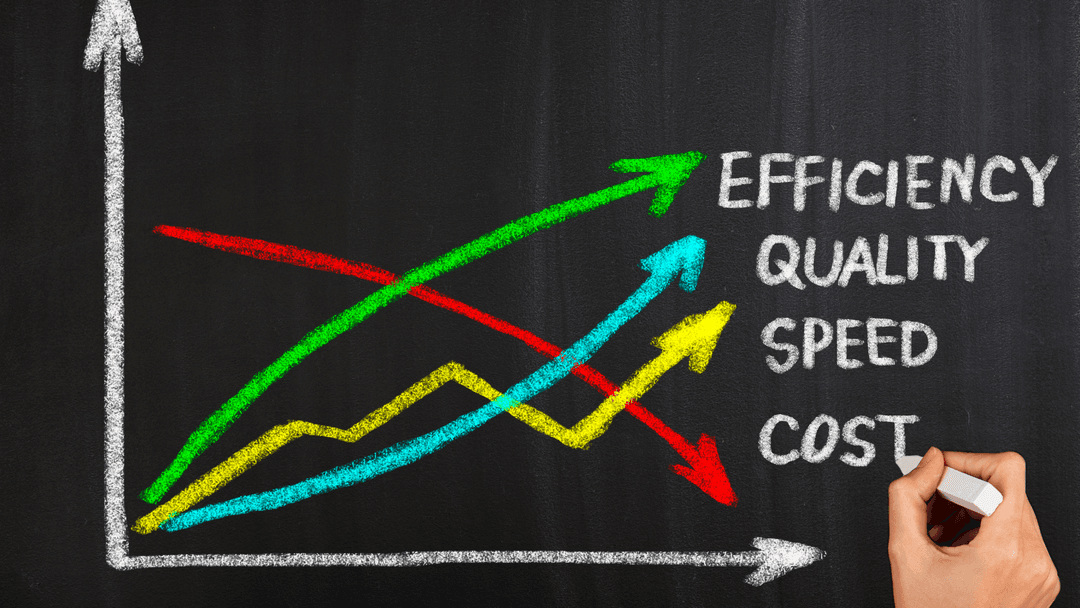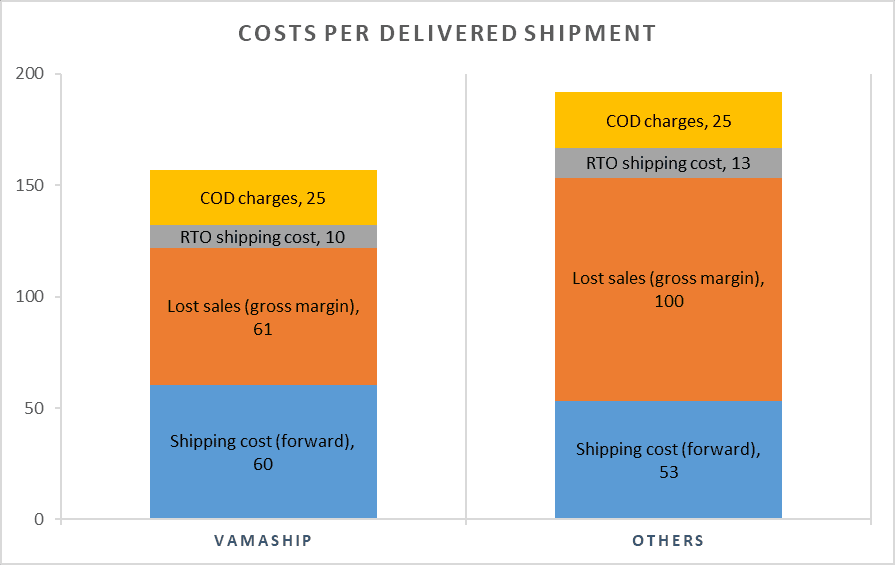The Importance of Calculating Logistics Costs
Logistics costs are a critical component of your e-commerce business that can significantly impact profitability. Understanding and managing these costs effectively is essential to streamline operations, reduce expenses, and improve your bottom line. This guide will break down the key components of logistics costs and show you how Vamaship helps reduce them, making your business more cost-effective and competitive.
Key Components of Logistics Costs:
Calculating your total logistics costs involves understanding various elements that contribute to the overall expense of delivering products to customers. These components include:
1. Freight Costs:
Freight costs consist of the expenses incurred in transporting goods from your warehouse to the customer. This can be broken down into:
- First Mile: Transport from the warehouse to the distribution hub.
- Line Haul: Major transportation between distribution hubs.
- Last Mile: Final delivery to the customer’s doorstep, often the most expensive segment due to its complexity.
2. Packaging Costs:
Packaging costs include expenses for materials such as boxes, cushioning, tape, and labels. Effective packaging not only protects your products during transit but also enhances customer satisfaction and reduces return rates.
3. Cash on Delivery (COD) Costs:
COD is a preferred payment method in markets like India, but it comes with additional costs such as:
- Handling Fees: Charges for managing and processing cash payments.
- Risk of Return: Higher RTO rates for COD orders due to customers' potential refusal to accept the delivery.
4. Return to Origin (RTO) Costs:
RTO costs are incurred when an order is returned to the seller due to failed delivery attempts or customer refusal. This includes:
- Reverse Logistics: Shipping the product back to the warehouse.
- Restocking Fees: Costs associated with inspecting, repackaging, and relisting the returned product.
- Lost Sales: Opportunity costs due to the unfulfilled order.
Calculating Your Total Logistics Cost: A Step-by-Step Approach:
The graph below compares the costs per delivered shipment between Vamaship and Others in the industry, showcasing Vamaship's efficiency in reducing logistics expenses.
Let's break down the logistics cost and profitability analysis for sending 100 Cash on Delivery (COD) shipments in a month, comparing Vamaship's performance against a typical competitor based on the given data:
Product Value: INR 1,000
Gross Margin: 30%
Gross Margin per Product: INR 300
Assumption: Sending 100 COD shipments in a month with a shipment weight of 0.5 kg each.
| Cost Component | Vamaship | Others |
|---|---|---|
| Shipment Price (Per 0.5 kg) | INR 50 | INR 40 |
| Shipping Cost (Forward) | INR 5,000 (INR 50 x 100 shipments) | INR 4,000 (INR 40 x 100 shipments) |
| COD RTO Rate | 17% | 25% (Industry average) |
| RTO Shipments/Month | 17 (17% of 100) | 25 (25% of 100) |
| Lost Sales (Gross Margin) | INR 5,100 (INR 300 x 17) | INR 7,500 (INR 300 x 25) |
| RTO Shipping Cost | INR 850 (INR 50 x 17) | INR 1,000 (INR 40 x 25) |
| Delivered Shipments | 83 | 75 |
| COD Charge Rate | INR 25 | INR 25 |
| COD Charges/Month | INR 2,075 (INR 25 x 83) | INR 1,875 (INR 25 x 75) |
| Total Cost | INR 13,025 | INR 14,375 |
| Total Cost per Delivered Shipment | INR 157 | INR 192 |
How Vamaship Helps Reduce Logistics Costs:
1. Reduced RTO Rates:
Vamaship’s 17% RTO rate, compared to the industry’s 25% average, leads to reduced lost sales and return shipping costs.
2. Competitive Shipping Rates & Overall Savings:
By partnering with multiple courier services, Vamaship lowers forward shipping costs. Combined with reduced RTO rates, businesses can achieve up to a 10% reduction in overall logistics costs.
3. Efficient COD Management:
Improved remittance cycles and cash handling reduce operational complexities and costs associated with COD orders.
4. Advanced Analytics and Insights:
Vamaship’s analytics tools track key logistics metrics, helping businesses identify further cost-saving opportunities.
Conclusion:
Understanding and managing logistics costs is essential for any e-commerce business aiming to boost profitability. Vamaship helps you achieve this by reducing RTO rates, securing competitive shipping rates, and streamlining COD management. By leveraging these solutions, you can significantly improve your bottom line and enhance customer satisfaction. Start optimizing your logistics strategy with Vamaship today and see the impact on your profitability.

